-
An Interview With Giusi Galbo
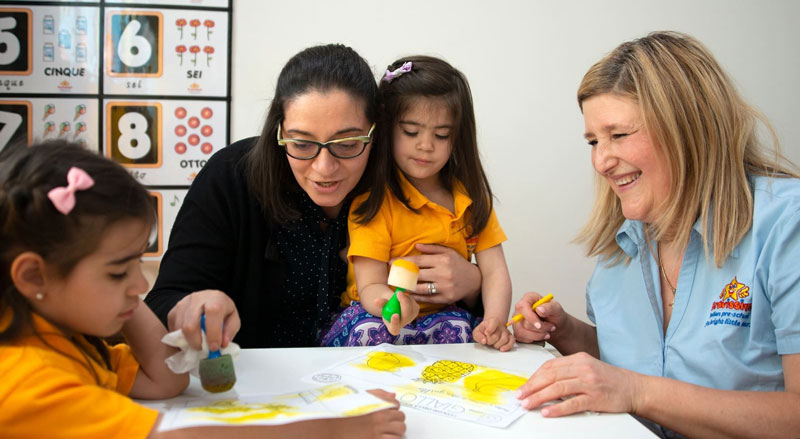
Jenna from Segmento interviews Giusi Galbo ‘Star Leader’ of Bravissimi about the benefits of bilingual experiences in young children.
Raise a Bilingual Kid
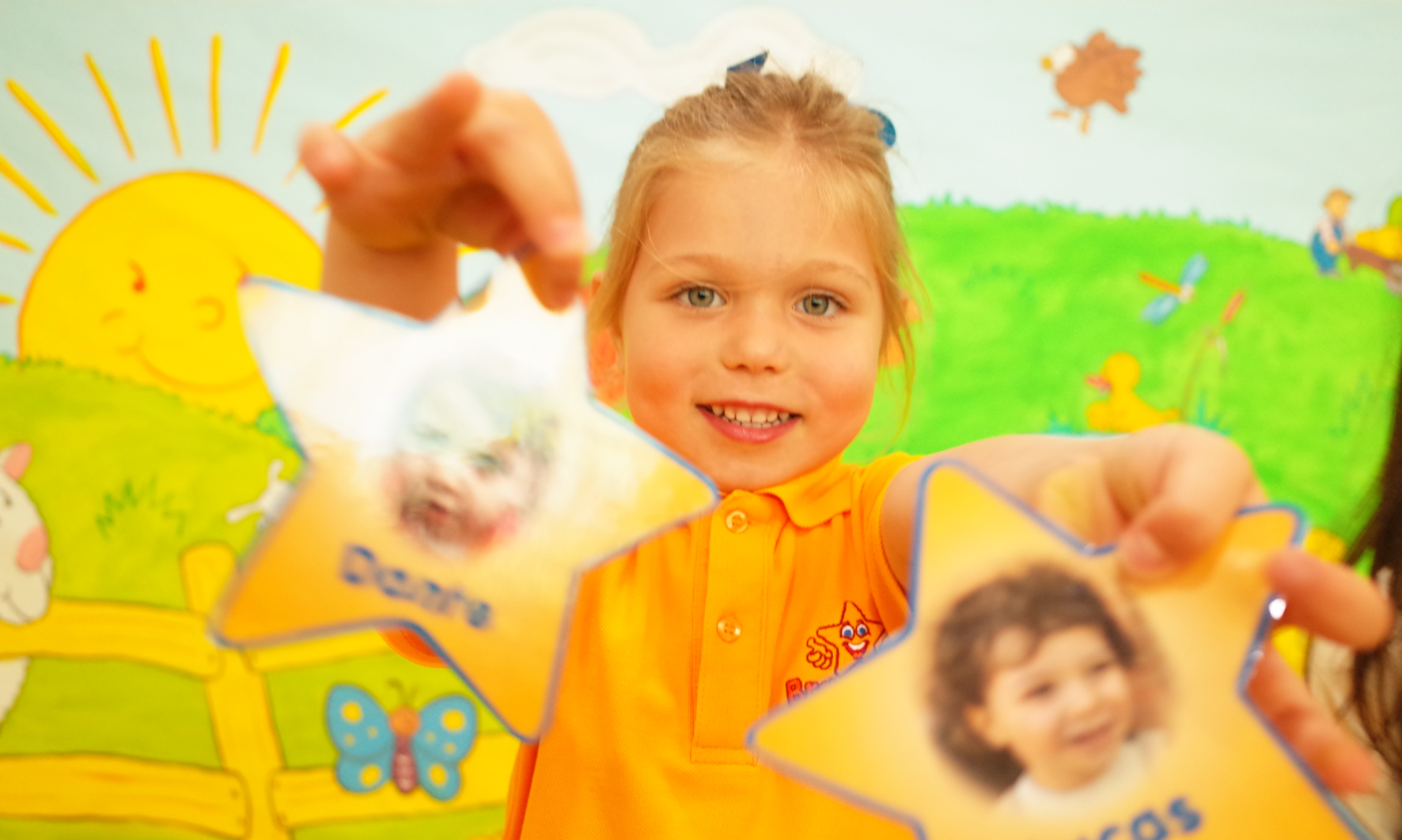
Bravissimi is proud to introduce Chontelle Bonfiglio, a blog bilingualism specialist. We think that Chontelle will cover many of most parents questions in regards the bilingualism matter.
Chontelle Bonfiglio is the founder of Bilingual Kid Spot, an informative blog offering practical advice for parents seeking to raise bilingual or multilingual children. Chontelle is an Australian with an Italian background who grew up in Melbourne, but has lived in Italy for the past 8 years. As an educator, and mother of her two multilingual children, she provides inspiration, tools, and support; with strategies based on experience as a parent, and as a teacher of a foreign language to children.
We live in a multicultural and global word, more so than ever before, so raising your child to be bilingual is giving them a gift that will reward them for life.
We often get asked, when is the best age to introduce a second language? It is understandable to think that introducing a second language, like Italian, while a child is still learning the ABC’s of English could confuse their development. However that couldn’t be further from the truth, in fact research has proven that the best time to introduce a child to a second language is while they are learning their first one.
“A young child’s brain is wired to pick up language naturally. Between birth and puberty, children can learn multiple languages and echo accents easily.”
Research has shown that raising a bilingual child can provide improvement to other areas of a child’s development including:
- Improved Memory
- Reduced Risk of Depression
- Improved Social skills
- Ability to Focus on Goals
- Less Stress
- Improved Attention to Detail
- Good Conflict Management Skills
- Lest Cognitive Decline and Reduced Risk of Alzheimer’s
At Bravissimi we believe immersion is the best way to introduce a second language like Italian. That means no English translations. If you live in a bilingual household or have Italian speaking relatives don’t be afraid to expose your child to the sound of Italian in its natural environment.
In our classes for children 6 months to 3 years we use Italian songs and games that can also be used at home to create an immersive and fun experience. When you treat learning Italian as fun you create an enthusiasm for learning that will assist your child in all areas of their development.
Raising a bilingual child means giving them a skill they will cherish for life. Give your child the gift of bilingualism by giving them the gift of Bravissimi!
How you can help at home:
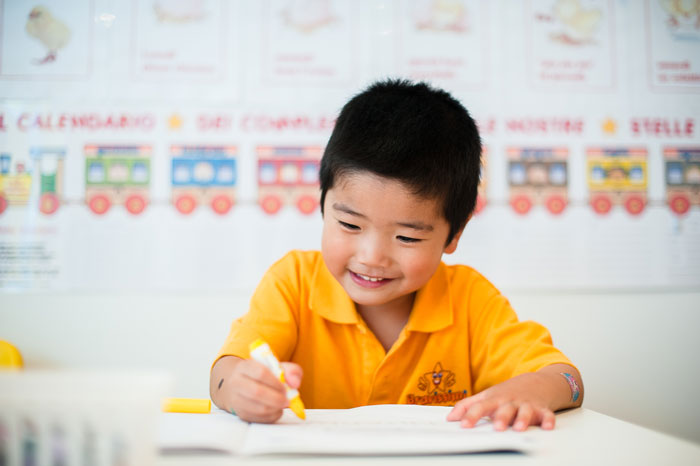
Children are natural learners.
Bravissimi students don’t need to have an Italian background, all children are capable of absorbing a new language very quickly.Read our advice below for some easy pointers to make learning Italian fun at home. You can also find an extensive range of resources to help your child learn Italian through our Bravissimi shop or our sister website Kids Learn Italian.
Make Learning Fun
Sprinkle Italian words into everyday conversation. Hearing new words can get a toddler or preschooler excited about learning a new language.
Watch and Learn
Find Italian educational DVDs and computer programs, hearing and seeing Italian in a fun and visual environment can help your child become familiar with the unique sounds of Italian.
Flash Cards
A great way to teach your child numbers, colours, and animals. Find a set of domino game cards online in our shop.
Dance & Music
Kids love music and dancing, on Youtube and Itunes look for Italian songs and play them to your child around the house or in the car. They may not understand them at first but eventually it will help them understand words and phrases later in life. Buy our Italian Songs For Kids CD.
Italian Storytime
We sell two Italian story books in our shop. Perfect for reading to your child at bedtime and introducing them to Italian words and phrases. Check out Al Mercato/The Market Place and What’s That Sound.
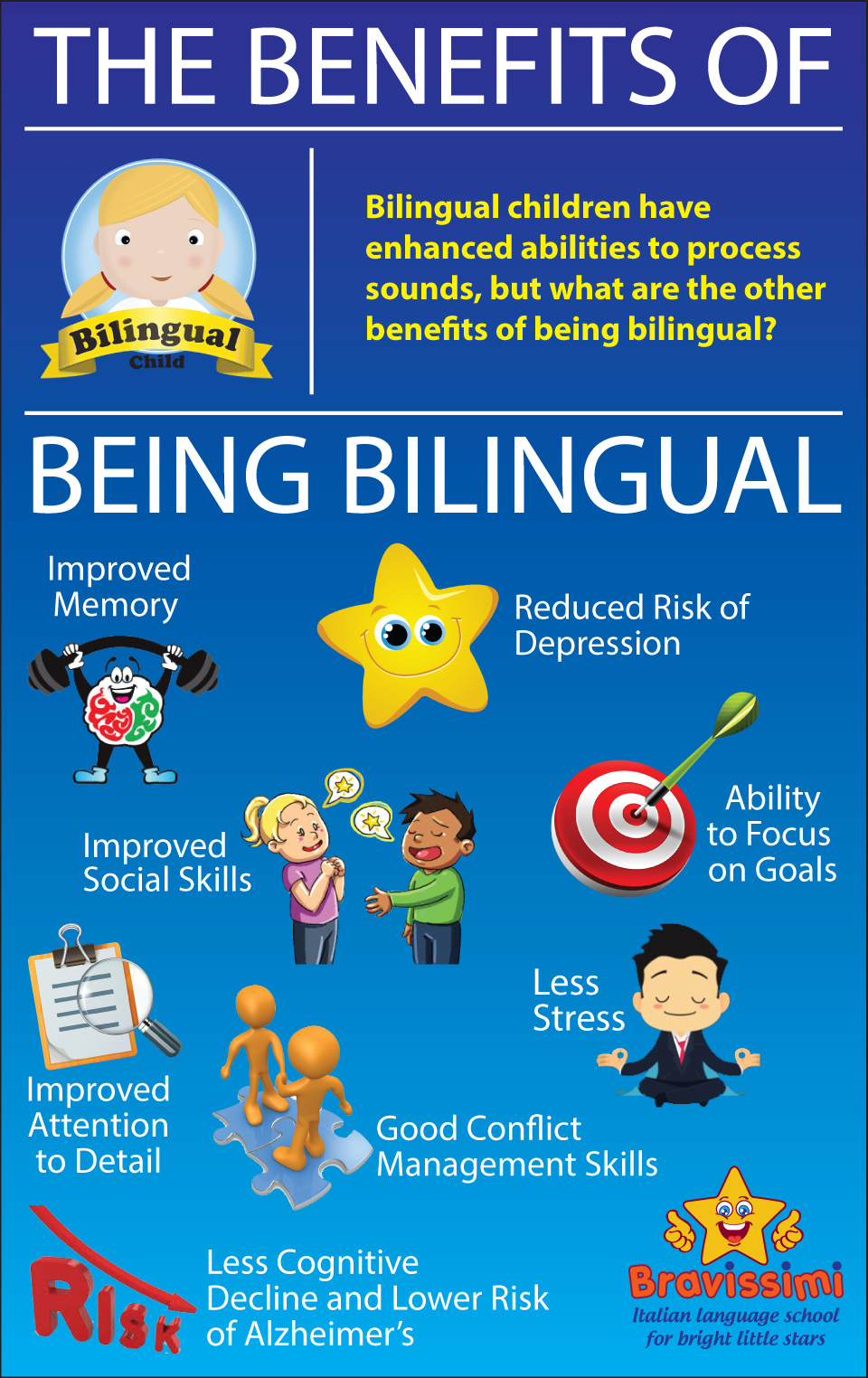
- Our School
- -- Our Italian School
- -- Why Italian Culture
- -- Why Bilingualism
- -- Frequently Asked Questions
- -- Gallery
- Classes
- -- Online Classes
- -- Baby & Toddler Classes
- -- Preschool Classes
- -- After School Classes
- -- Advanced Classes
- -- School Holiday Program
- Vouchers
- Store
- -- Books
- -- Games
- -- Learning Kits
- -- Songs
- -- Videos
- -- Posters
- Blog
- Contact



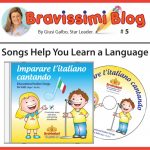
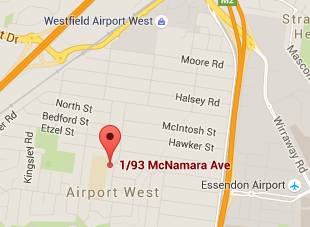 Bravissimi head office:
1 / 93 McNamara Avenue
Airport West VIC 3042
CALL: (03) 9338 0831
EMAIL: ciao@bravissimi.com.au
Bravissimi head office:
1 / 93 McNamara Avenue
Airport West VIC 3042
CALL: (03) 9338 0831
EMAIL: ciao@bravissimi.com.au